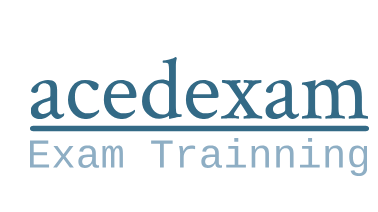Understanding cloud auditing
As companies look for ways to lower costs, increase efficiency, and enable remote and distributed workforces, the expansion and adoption of cloud subscription-based services continue to grow. Along with that growth, there’s a need to make sure the IT controls for a company have been reviewed, adapted, and adequately applied and assessed to address the criticality of cloud services used as part of the IT ecosystem.
With cloud environments, several different types of auditing exist. A cloud service provider (CSP) may want to provide a certification to its customers regarding its defined and operating controls through a System and Organization Controls 2 (SOC 2). Other companies may want to certify that their environments meet International Organization for Standardization (ISO) or National Institute of Standards and Technology (NIST) standards or implement controls according to a given complianceframework, such as Payment Card Industry (PCI) compliance. In this book, we will focus on auditing a CSP customer environment from a general IT computing perspective.
Whether you are performing as an internal or external auditor within a cloud customer (enterprise) environment, it’s important for you to understand how an IT computing control that’s traditionally been applied against an on-premise environment may still be relevant. However, it will require adjustments to your testing procedures when validating them in a cloud environment. An example of this would be PCI Data Security Standard (PCI DSS) controls requiring organizations to establish and maintain a detailed enterprise asset inventory. The dynamic nature of cloud environments and the speed and scale at which new assets can be provisioned can make this a challenge. In this instance, not only should an enterprise IT auditor be aware of whether this inventory exists and covers all enterprise assets to ensure they have effective control coverage, but they should also be aware of the processes around billing and financial management within the cloud, how change management and resource allocation are performed, and which users have administrative rights to these functions. In some cases, you may need to consider how the control has to support the effective operations of a multi-cloud environment and the ability across cloud provider platforms to satisfy a particular control. The ability to categorize and quantify risks related to the use and integration of cloud services into an organization’s business processes is quickly becoming an essential skill for auditors.


